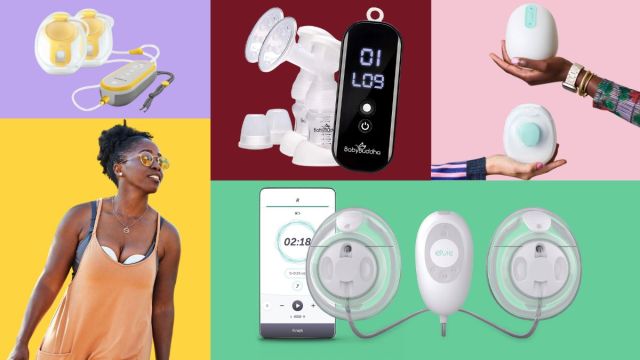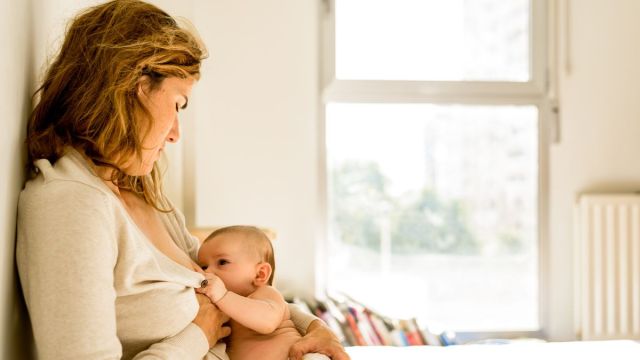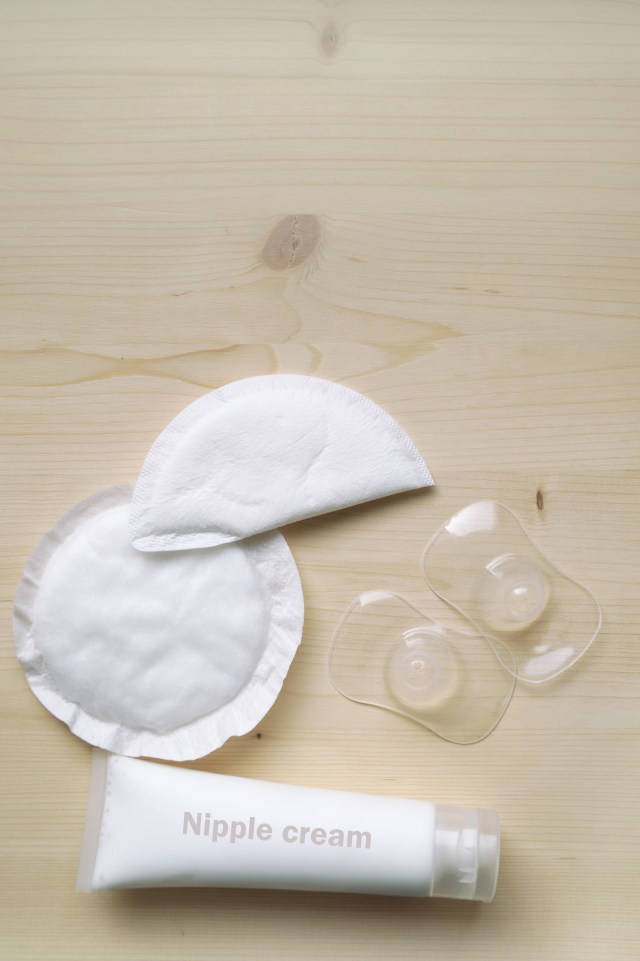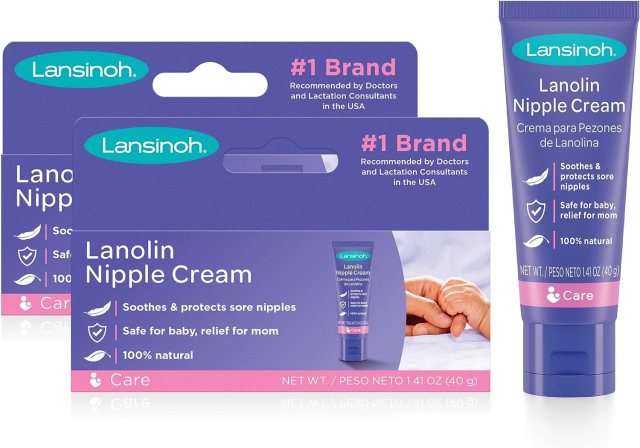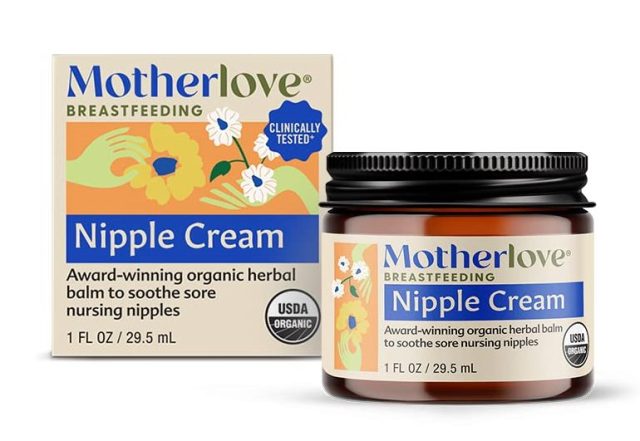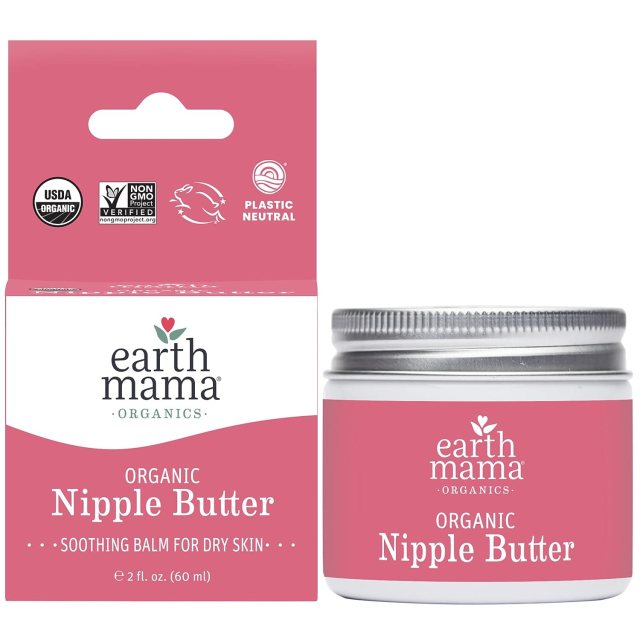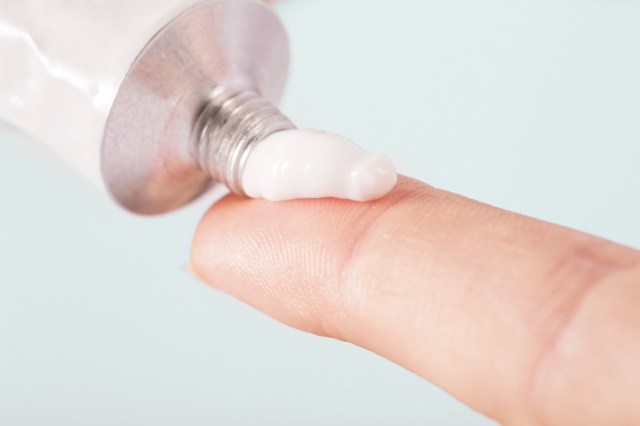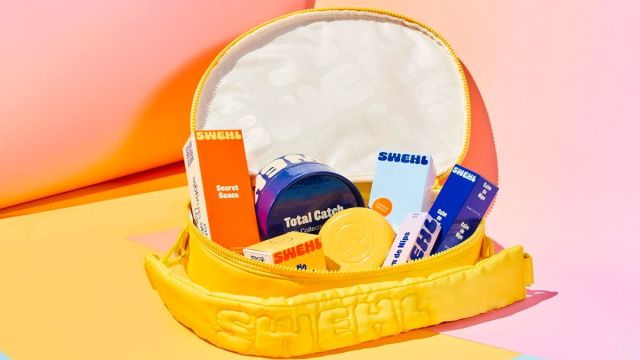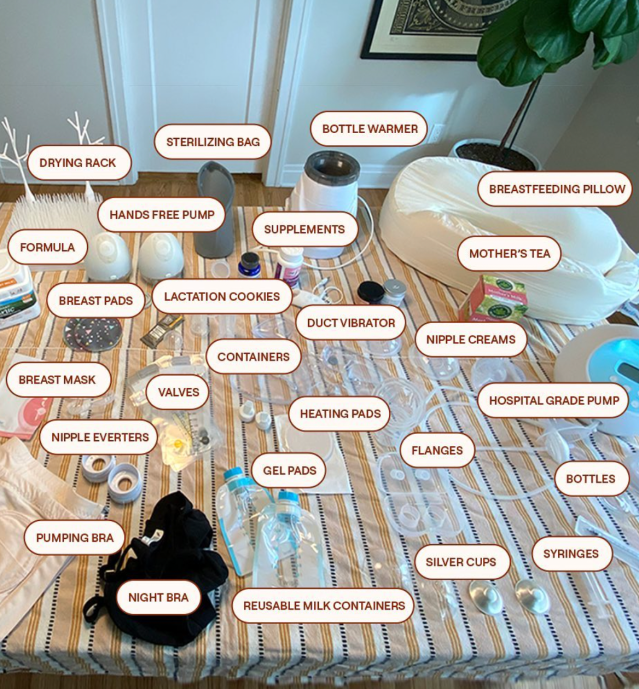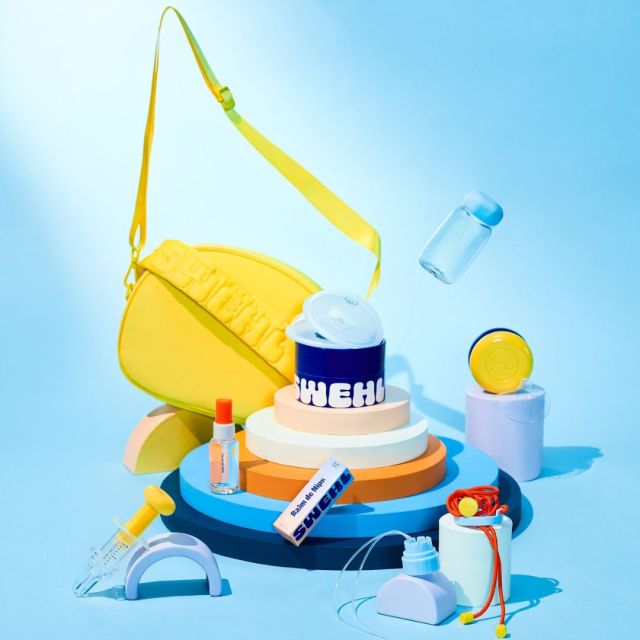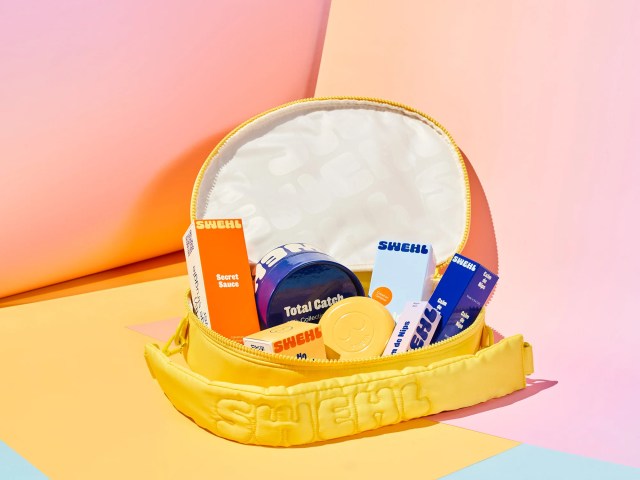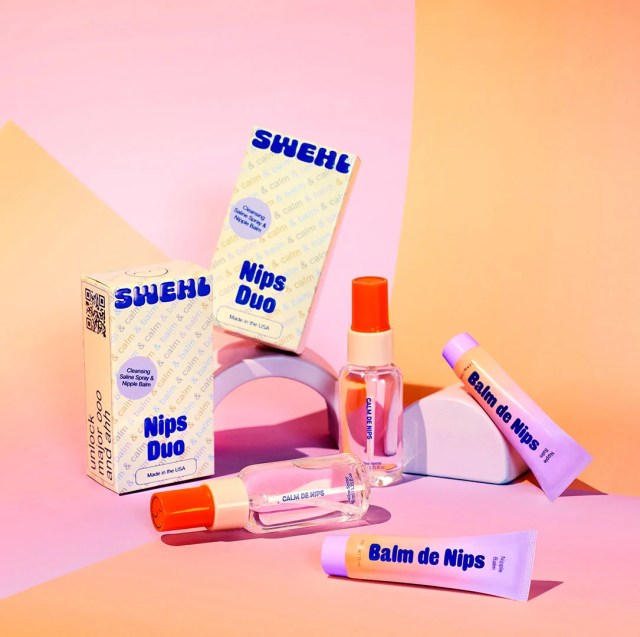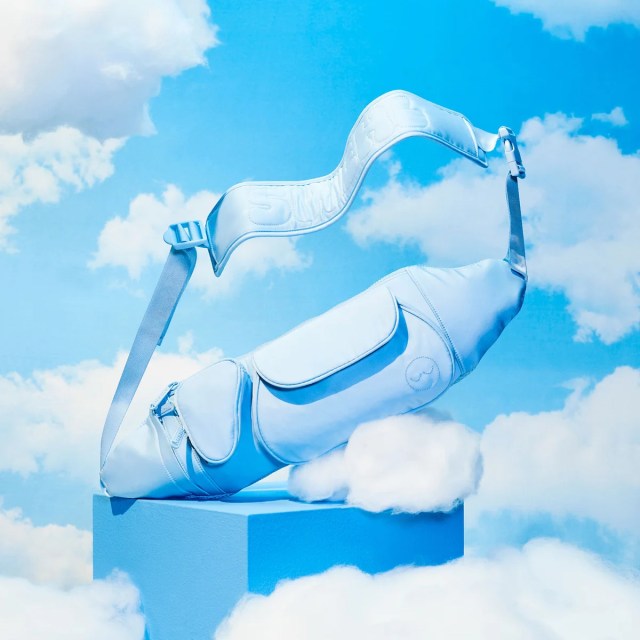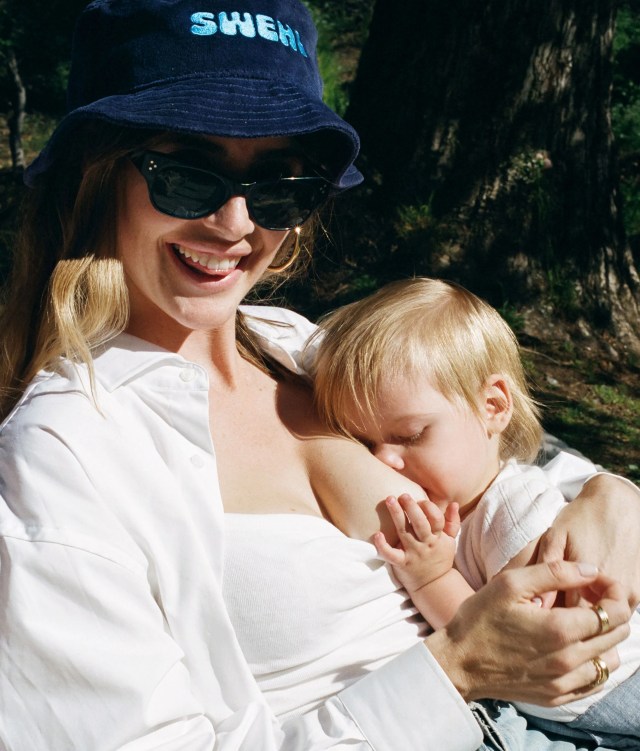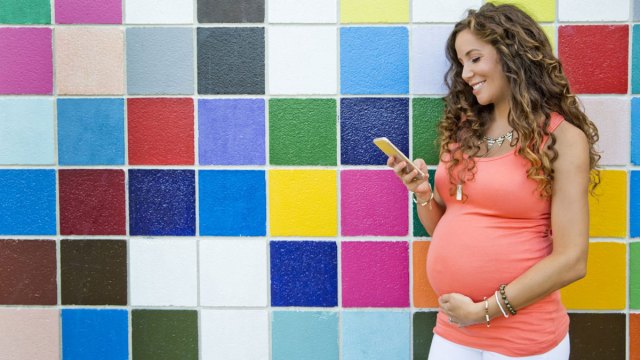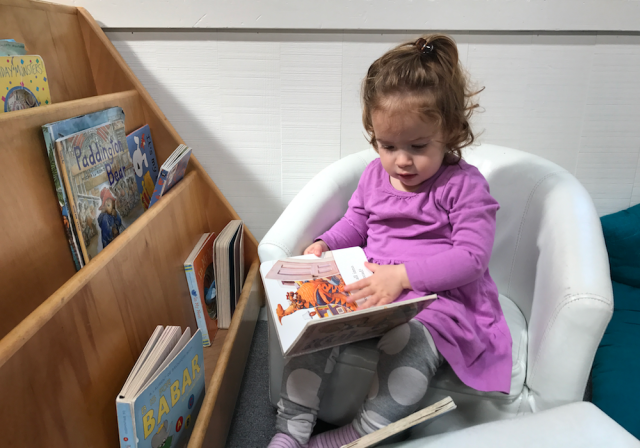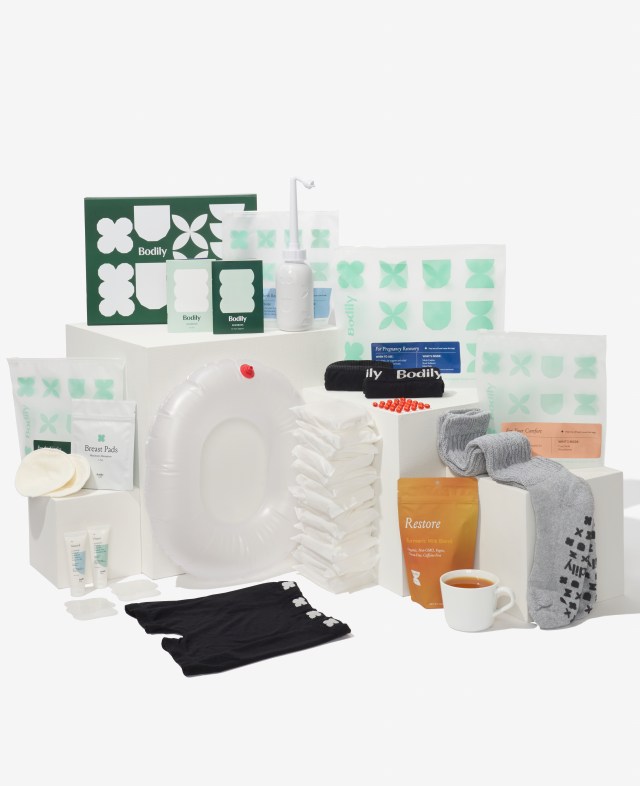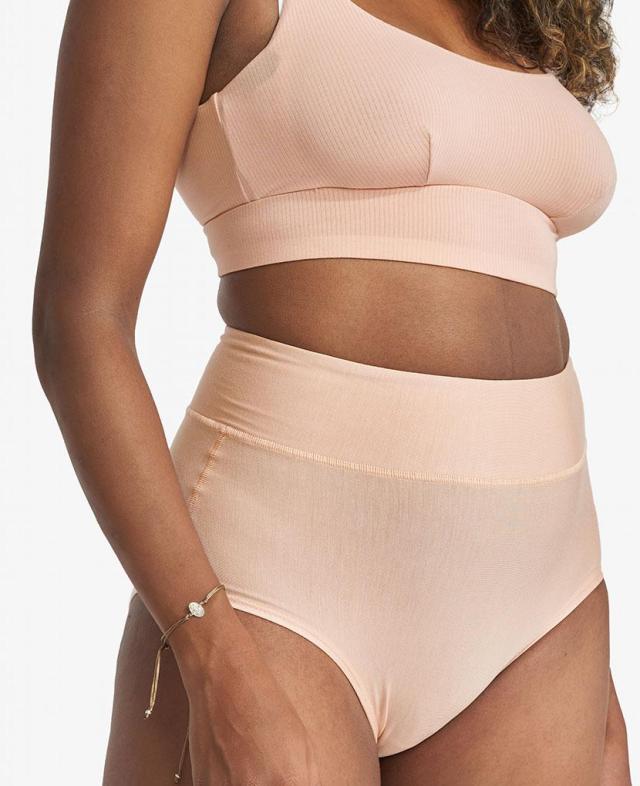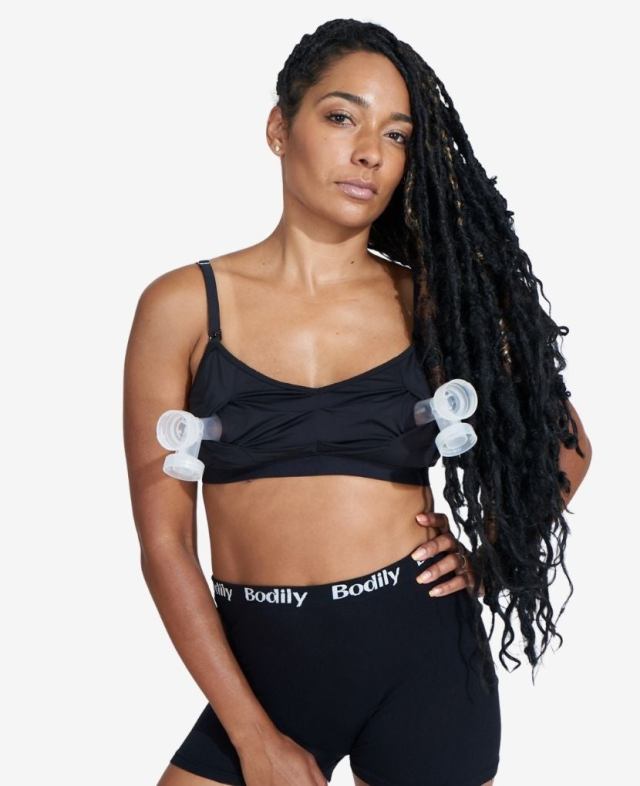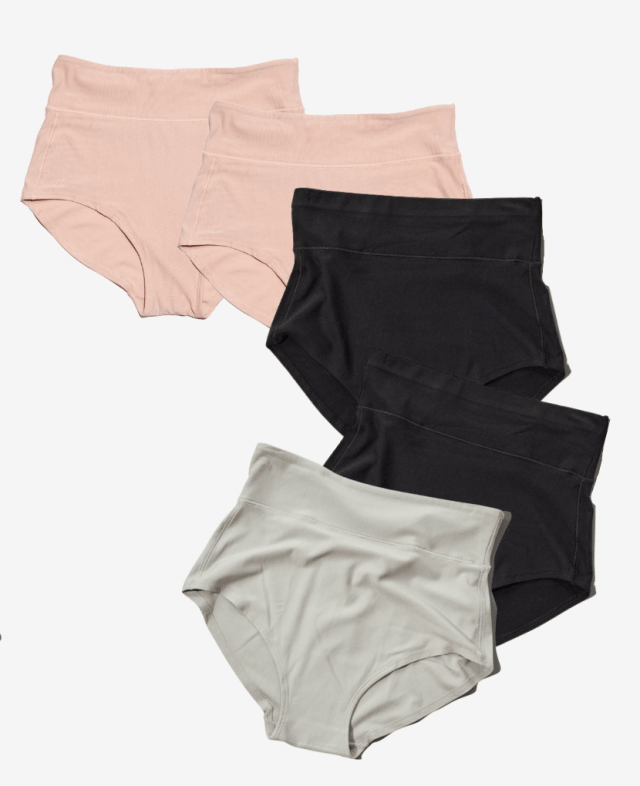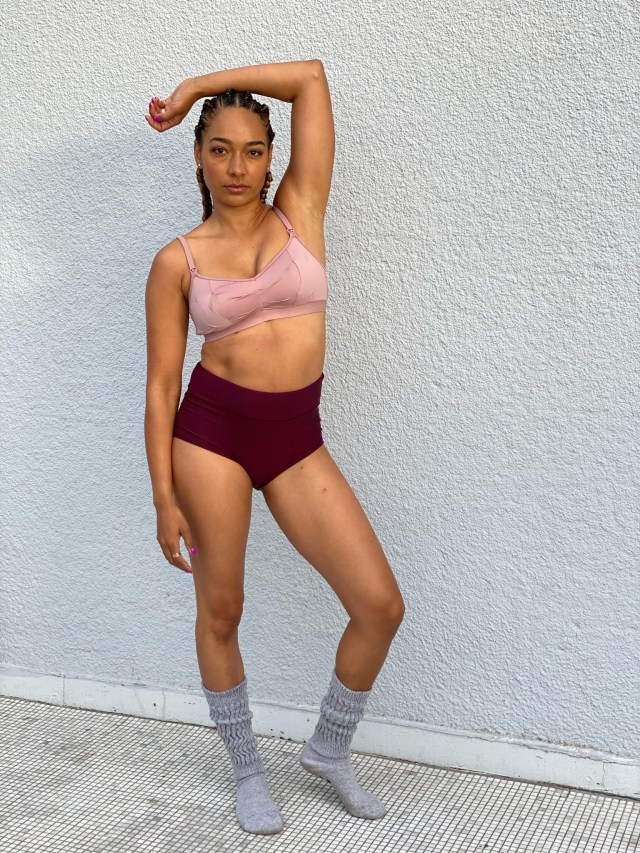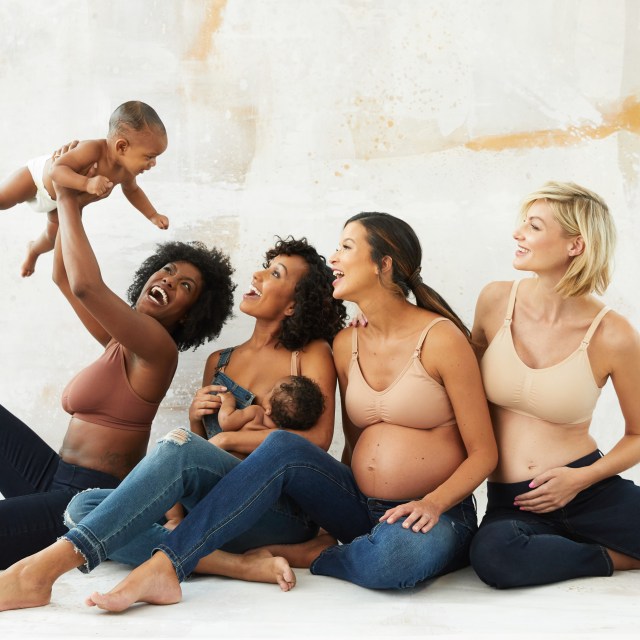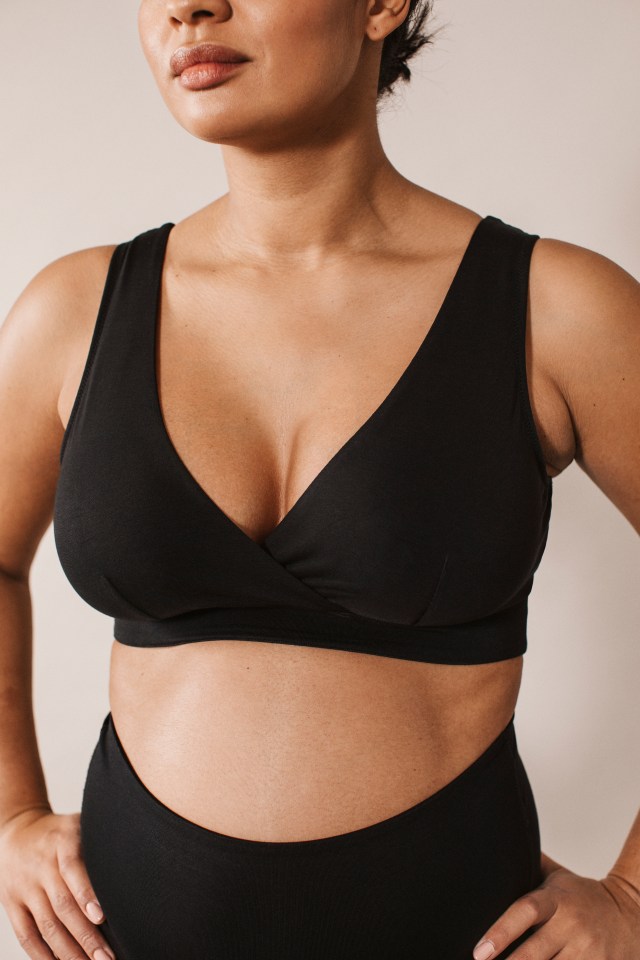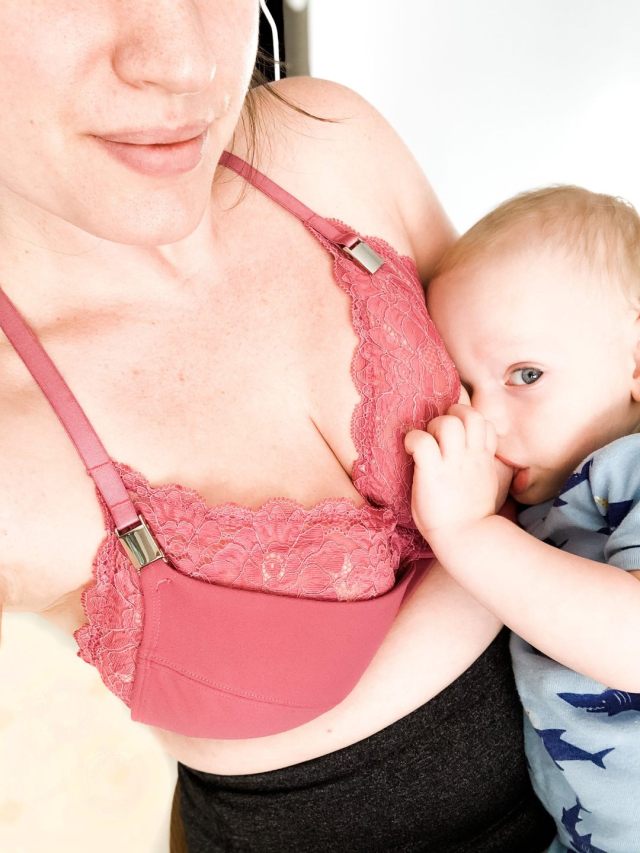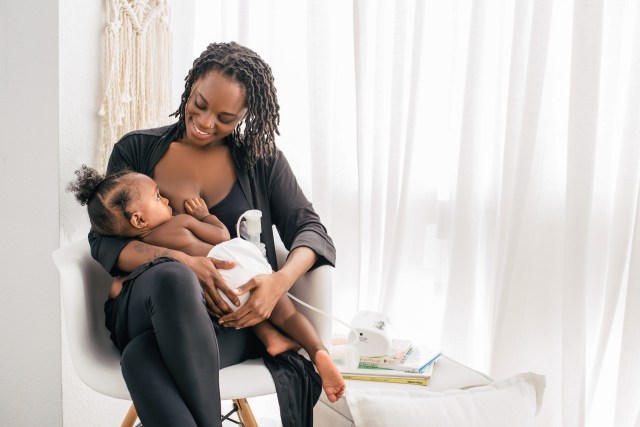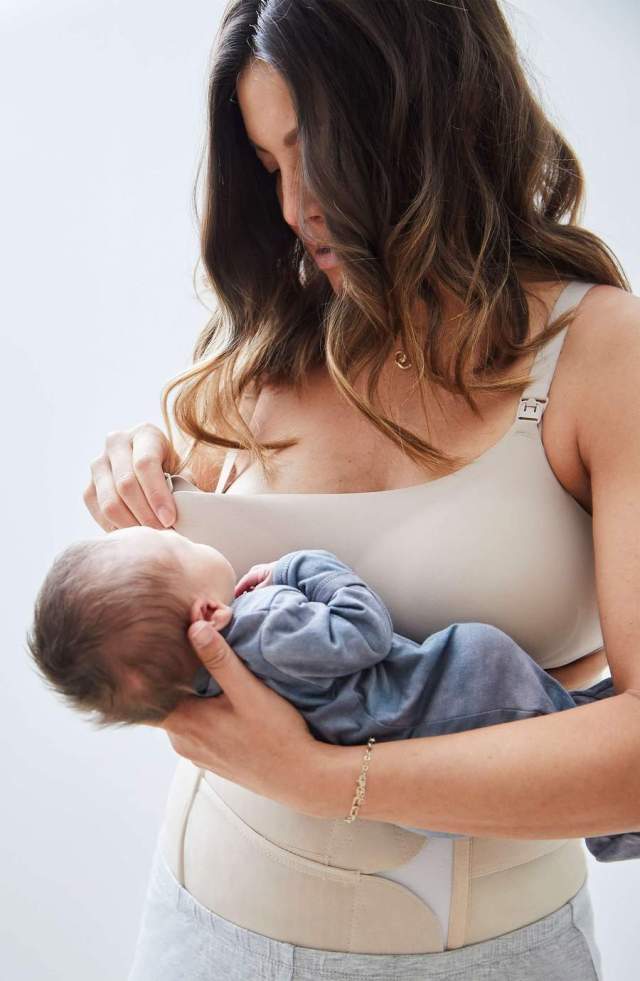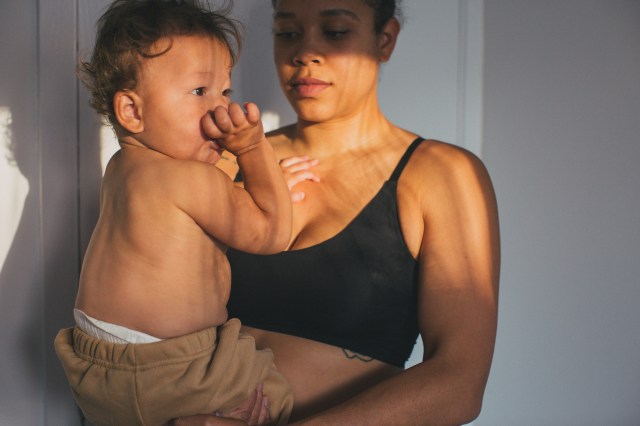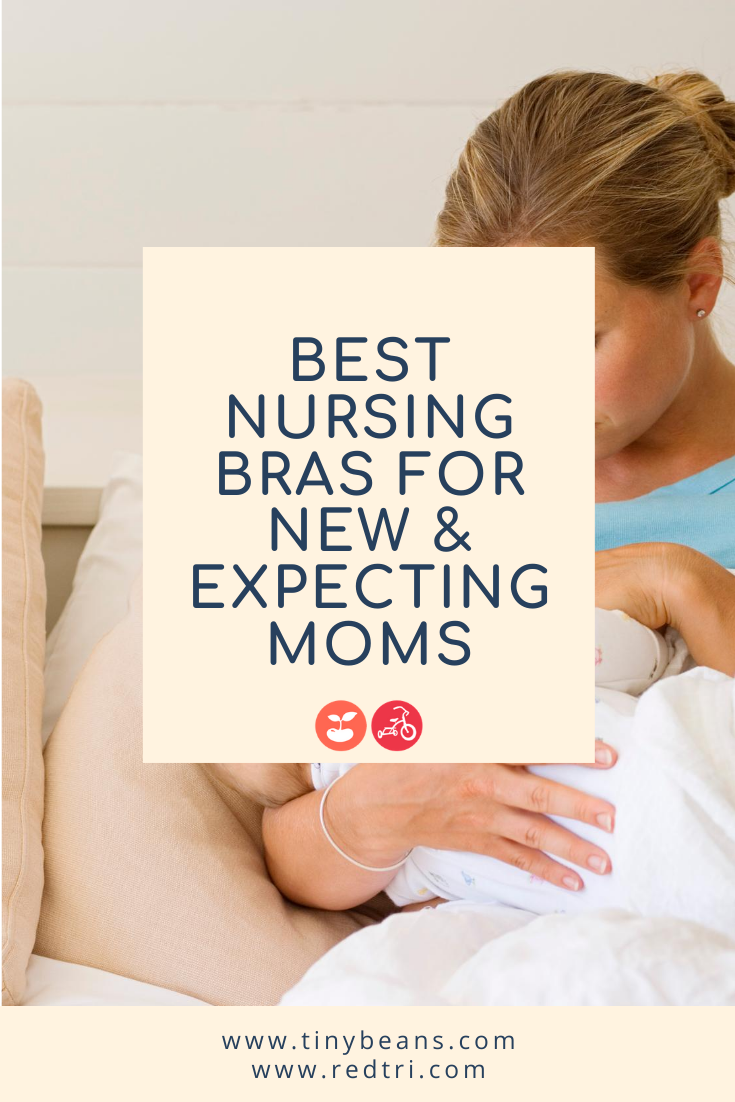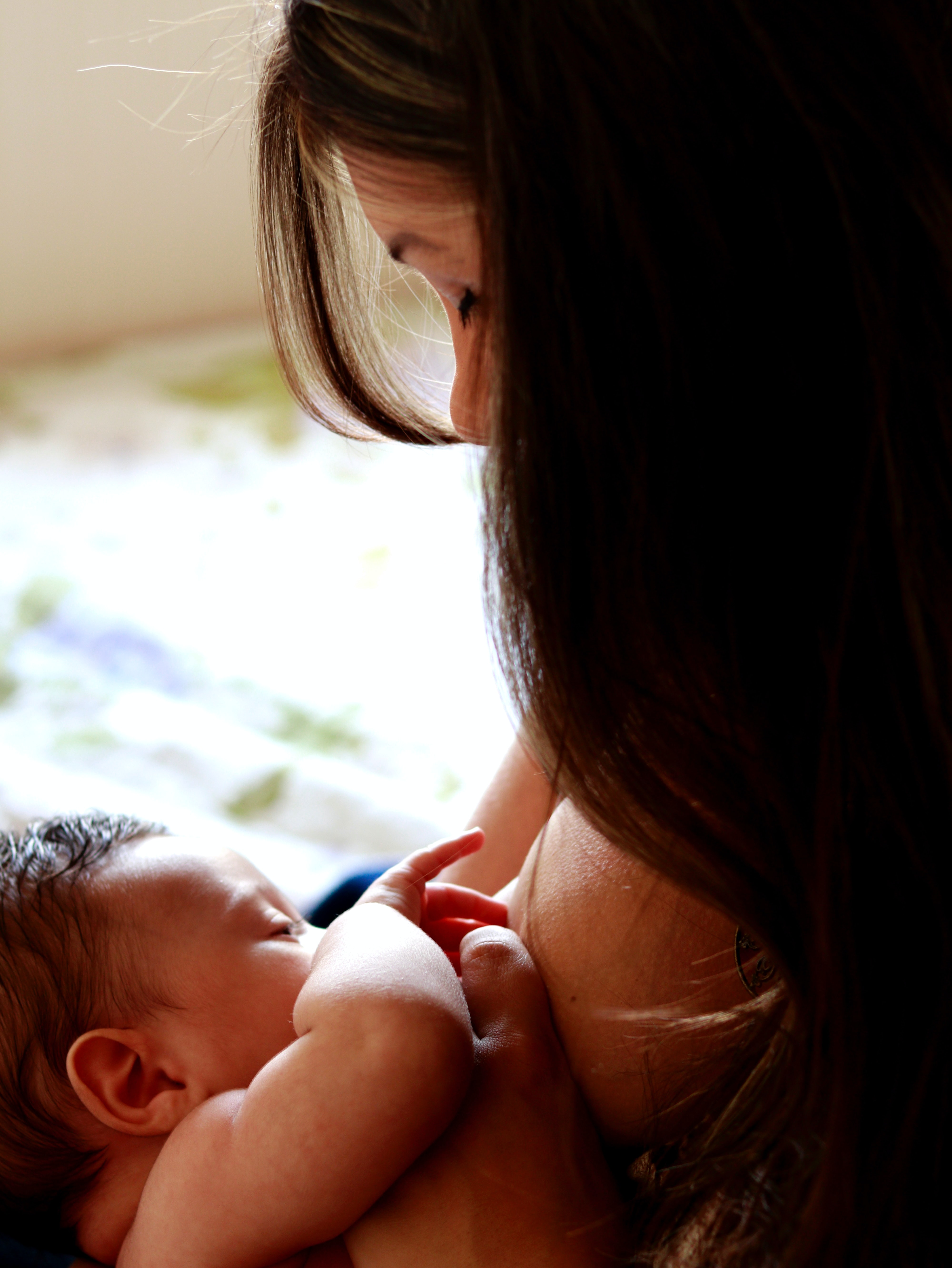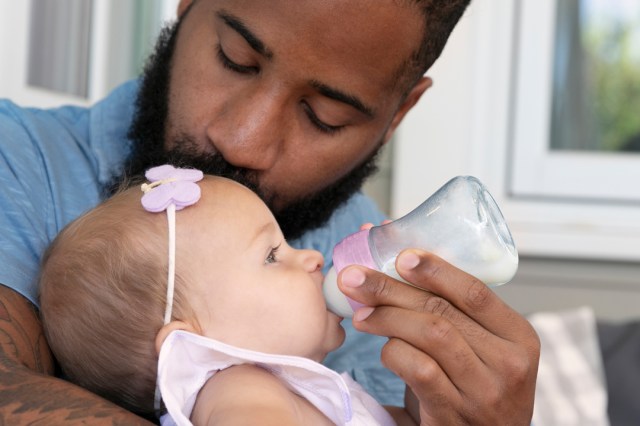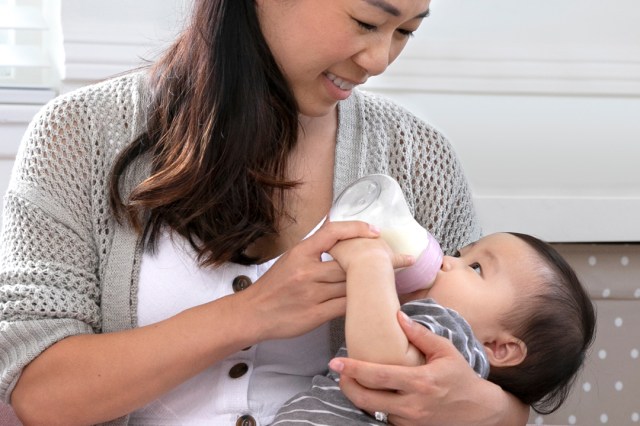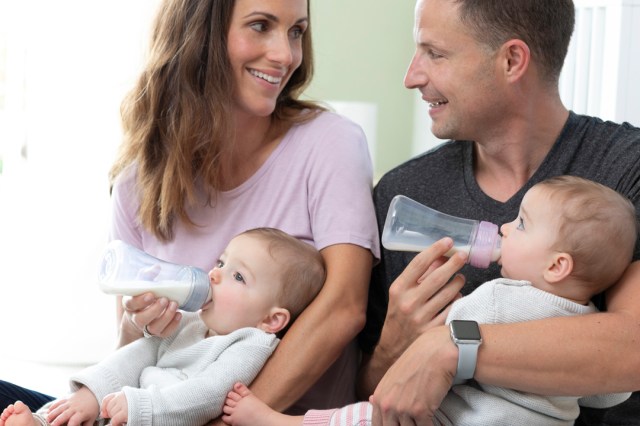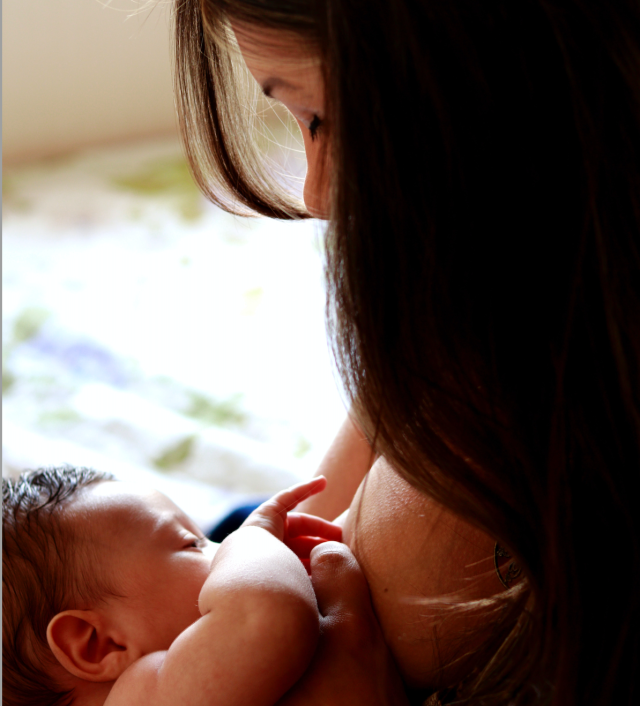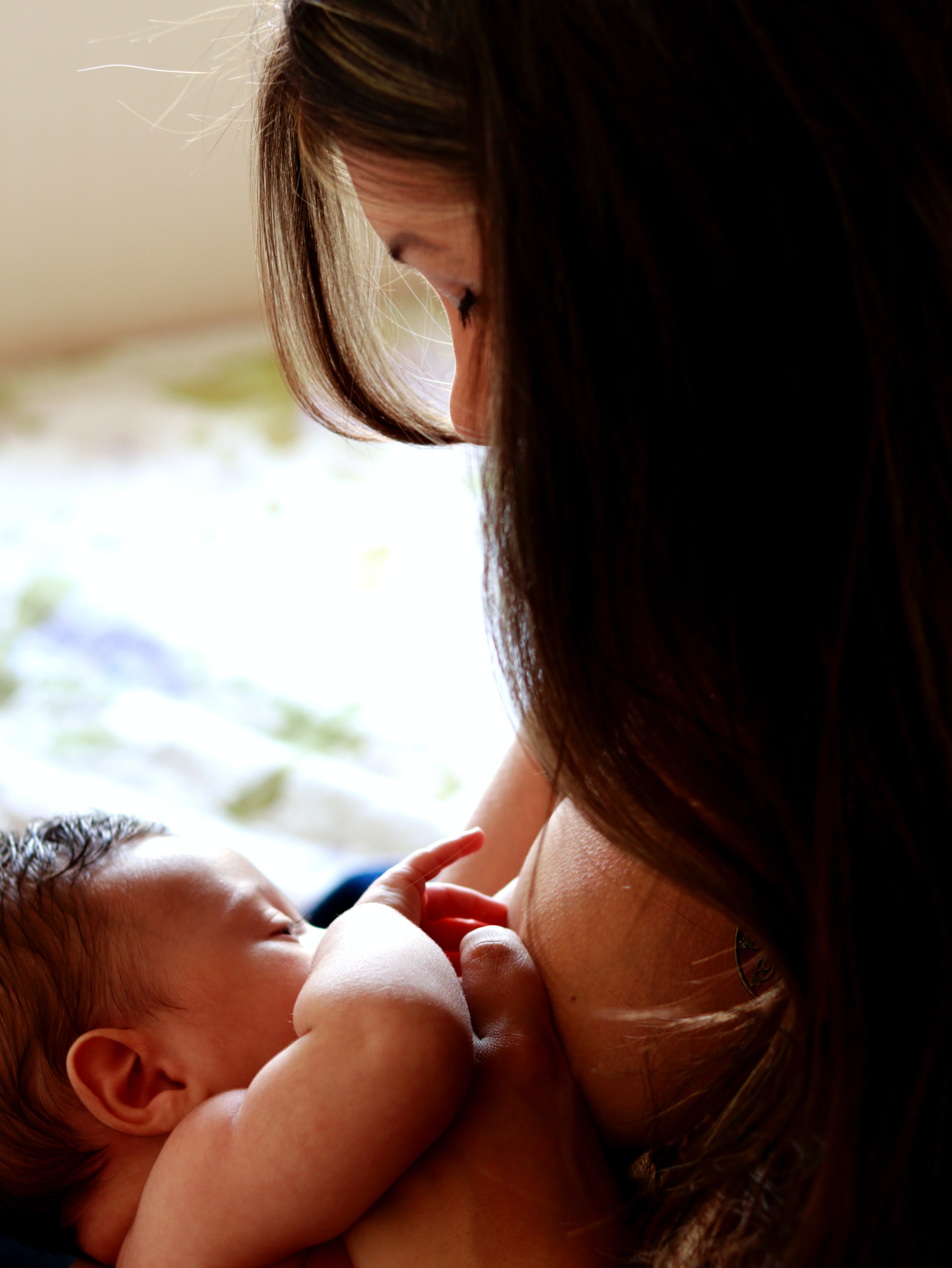Breastfeeding is no small task and pumping shouldn’t add more to your already-full plate. It’s a necessity for lots of moms, whether they exclusively pump, work outside the home, or just want the peace of mind of backup milk. And we know that pumps have come a long way since the days of lugging around a huge machine that sounded like construction equipment. Now, moms can pump while still tackling our day, thanks to the advent of the hands-free breast pump.
With that kind of convenience, it’s tempting to just grab the first one you see, but comfort is major here, and each pump offers something different. So take a look at some of our favorite hands-free breast pumps below to find one that almost does all the work for you! We’ve also included links to insurance coverage information, and really encourage you to check with your health insurance provider for your personal plan’s coverage specifics.
Jump to:
WillowGo
Medela Freestyle
Momcozy V2
Elvie Stride Plus
Spectra 9 Plus
TSRETE S12
BabyBuddha Portable
Editor’s Note: Some of the brand Instagrams linked below include nursing moms experiencing breast milk overproduction. If this is a trigger for you, feel free to jump right to the product links. Everyone’s breastfeeding journey is different, and absolutely all of it is worthy of celebration.
WillowGo Pump
It’s 2024 and we refuse to be tied to our breast pumps. The WillowGo makes that so, so easy. It’s the wearable, fully in-bra pump (no bulky cords for us, thanks) with 15 levels of customizable, hospital-grade suction that can be adjusted per side.
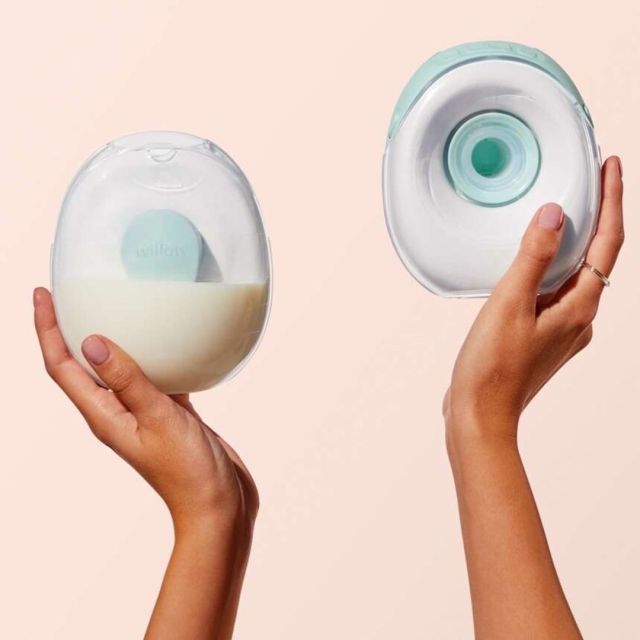
With a tug-and-release latch that makes it super comfortable (rated 100% comfortable by real moms, according to Willow) 45° leak-proof mobility, and an app-connected control, you can pump and live your life at the same time. Dreams do come true! For information about WillowGo Pump insurance coverage, see here.
WillowGo Pump ($349.99)—Buy Here!
Medela Freestyle Pump
Medela is synonymous with quality breast pumps, so you’re probably not surprised to see them pop up on our list. There’s a good chance you’re familiar with their MaxFlow Breast Pump, which we’re big fans of (along with 3,800 Amazon reviewers!), but we’re loving the Medela Freestyle Hands-Free Breast Pump.
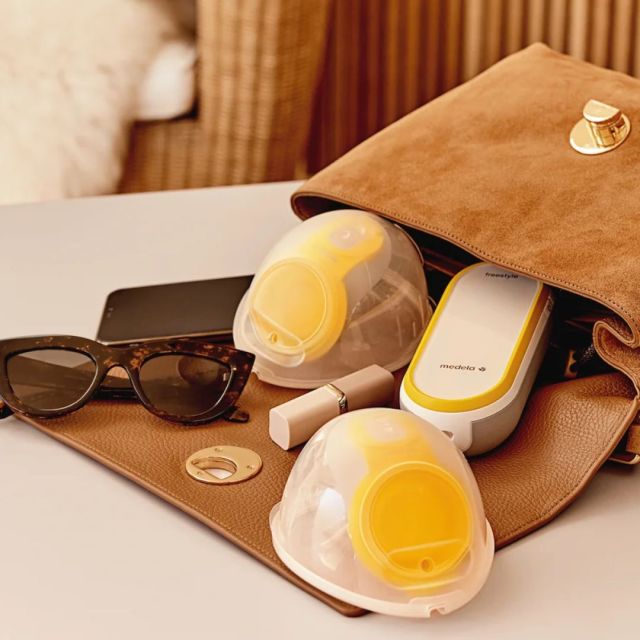
Along with being incredibly lightweight, the discreet pump fits right in your pocket while the anatomically designed cups stay comfortable and avoid localized compression. Connect with the Medela Family App for easy tracking and you have another breast pump win from the Medela geniuses. To check on insurance eligibility through Medela, grab more information here.
Medela Freestyle Pump ($249.99)—Buy Here!
Momcozy V2 Breast Pump
Nine adjustable suction levels and a fully hands-free design put the Momcozy V2 Pump high on the list of best breast pumps. It’s oh-so-quiet and the double-sealed flange keeps the cups secure.
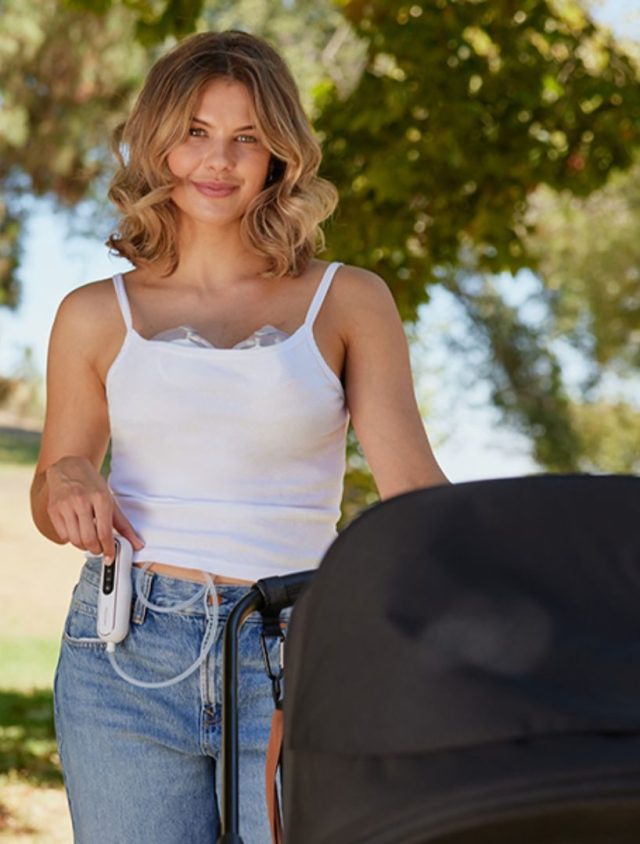
The pump itself is so small and easy to tuck onto your pocket or waistband. It comes with 4 flange sizes and only 4 parts to clean, too. We’ll take that any day. Check out how Momcozy has collaborated with DME (Durable Medical Equipment). suppliers to get your pump covered by your insurance here.
Momcozy V2 Pump ($199.99)—Buy Here!
Elvie Stride Plus Pump
Hospital-grade performance (a whopping -300 mmHg!) with a hands-free, in-bra design that lets you go anywhere while pumping makes the Elvie Stride a super popular choice among pumping moms.
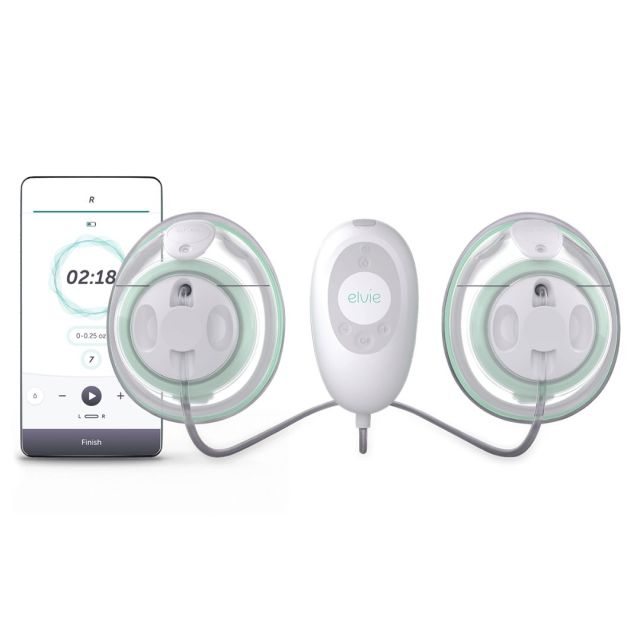
It’s available in the original Stride and the Stride Plus, which includes a 3-in-1 carrying case for moms on the go (aren’t we all?). Your pick. You can’t lose either way. To see your eligibility to save on Elvie breast pumps with insurance, more info is available here.
Elvie Stride & Stride Plus Pump ($269.99+)—Buy Here!
Spectra 9 Plus Portable Pump
Spectra has climbed to the gold standard of breast pumps in recent years between their S1 Plus Rechargeable Electric Breast Pump, the S2 Electric Pump, and the Spectra Synergy Gold Double Adjustable Pump. One of the newer additions to the Spectra fam is the portable S9 and it’s definitely taken off.
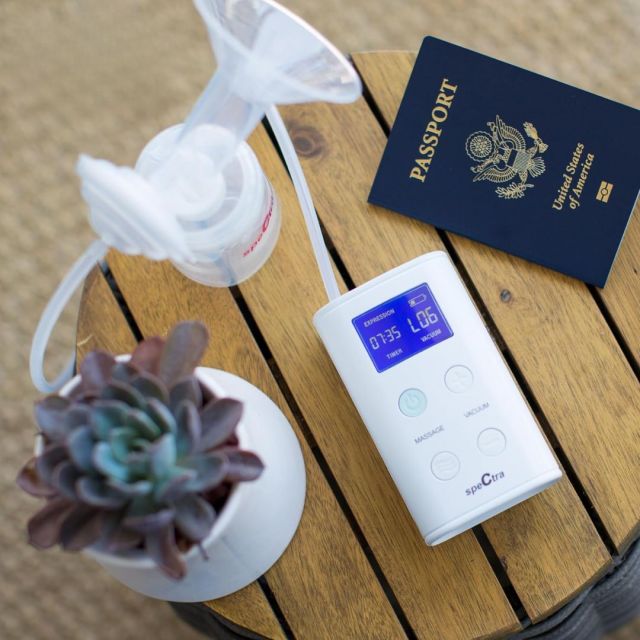
Like all Spectra pumps, the 9 Plus is hospital strength with a true ‘closed’ system, creating a barrier between outside contaminants and breastmilk. There are even several massage settings to make pumping as comfortable as possible. To explore insurance coverage on Spectra pumps, use their lookup tool here.
Spectra 9 Plus Portable Pump ($145.85)—Buy Here!
TSRETE S12 Pump
The TSRETE S12 Pump is one of the most affordable quality hands-free pumps available. It’s excellent even as a backup to keep at work or for traveling.
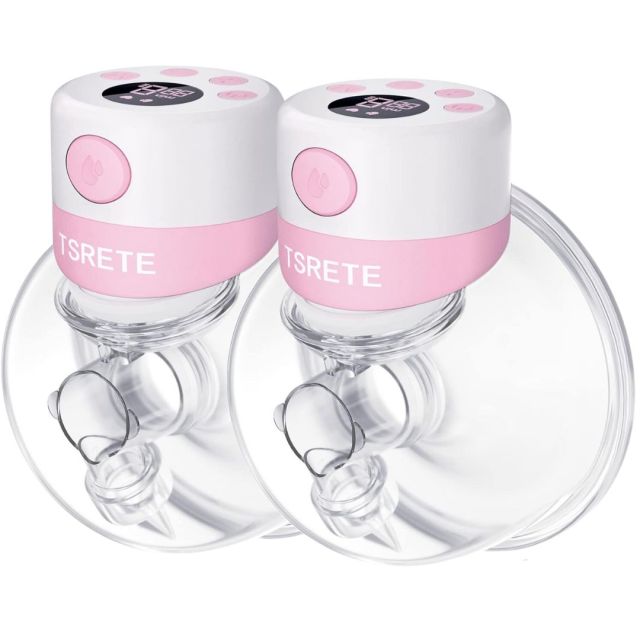
With an LCD display (all you have to do is look down to see what’s going on!), a memory function, and USB charging, this pump easily stands with its higher-end counterparts. Connect with your health insurance carrier about coverage for TSRETE pumps.
TSRETE S12 Pump ($89.99)—Buy Here!
BabyBuddha Portable Pump
Although the original model of the BabyBuddha Portable Pump isn’t a traditional and discreet wearable, the Hands-Free Pump Collection Cups are available on their site for in-bra wear! You can also bundle the pump and the cups and save an extra $10.
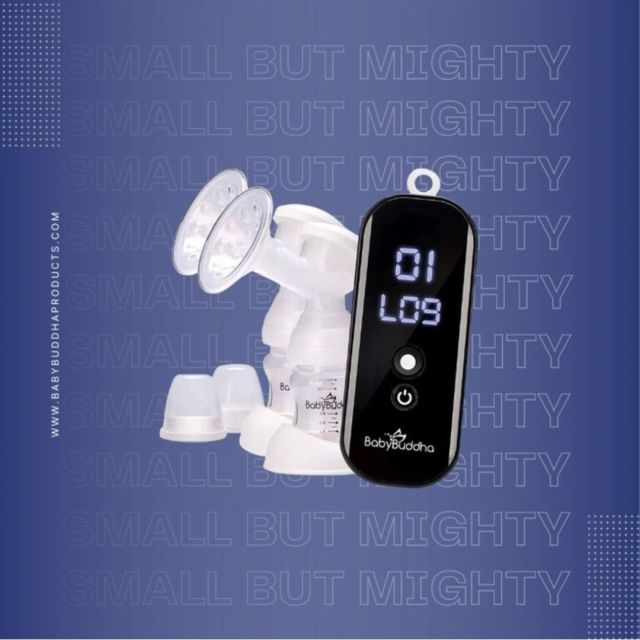
This is definitely one small-but-mighty pump, thanks to the 15 different settings and unique suction patterns. It’s also extremely quiet, so you won’t miss a beat. For insurance coverage information, check out the BabyBuddha information page here.
BabyBuddha Portable Pump ($169.99)—Buy Here!
All the products listed are independently & personally selected by our shopping editors.
If you buy something from the links in this article, we may earn affiliate commission or compensation. Prices and availability reflect the time of publication.
All images courtesy of retailers.
